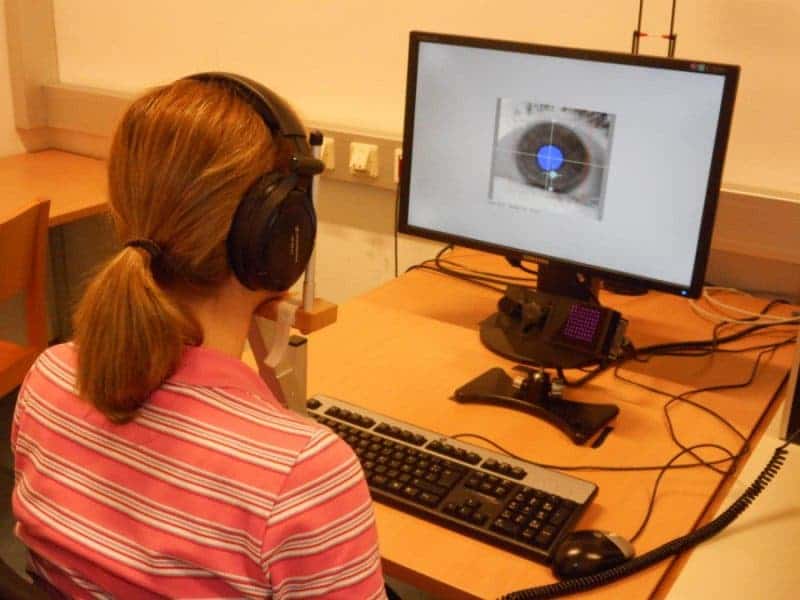When you’re listening to music, it’s not just your ears that are reacting to it, your eyes feel it too. A group of Austrian researchers have found that emotional reactions to music are reflected in changes of pupil size.

Credit: Copyright: Bruno Gingras
Strictly physiologically, pupil size adjusts to the amount of ambient light, but pupil size can change in response to several factors, most notably – arousal. In fact, pupil size can correlate with arousal so good that researchers actually use it for psychological studies. Now, for the first time, scientists have shown that pupil size can also be used to estimate how people react to music; in other words, they’ve shown that sounds also impact pupil size.
Using short music excerpts from the Romantic era, renowned for its emotional pathos, a team of researchers led by Bruno Gingras (University of Innsbruck) gauged how test subjects’ pupil size changed as they alternated between different musical patterns. They report that more intense passages cause a more significant increase in pupil size, especially for “listeners who reported that music plays an important role in their life.” Gingras says:
“Our research clearly demonstrates that pupil size measurement is a promising tool to examine emotional reactions to music. Moreover, because pupil responses cannot be voluntarily controlled, they provide a direct access to listeners’ preconscious processes in response to music.”
According to Manuela Marin from the University of Vienna, one of the authors of the paper, this study suggests that “a complex interplay between musical features and listeners’ individual characteristics influences pupil responses to music, and presumably emotional responses as well.”
Personally, I’d like to see this study replicated on more musical genres, also taking into account personal preference. After all, the beauty of music lies… in the eye of the listener.






